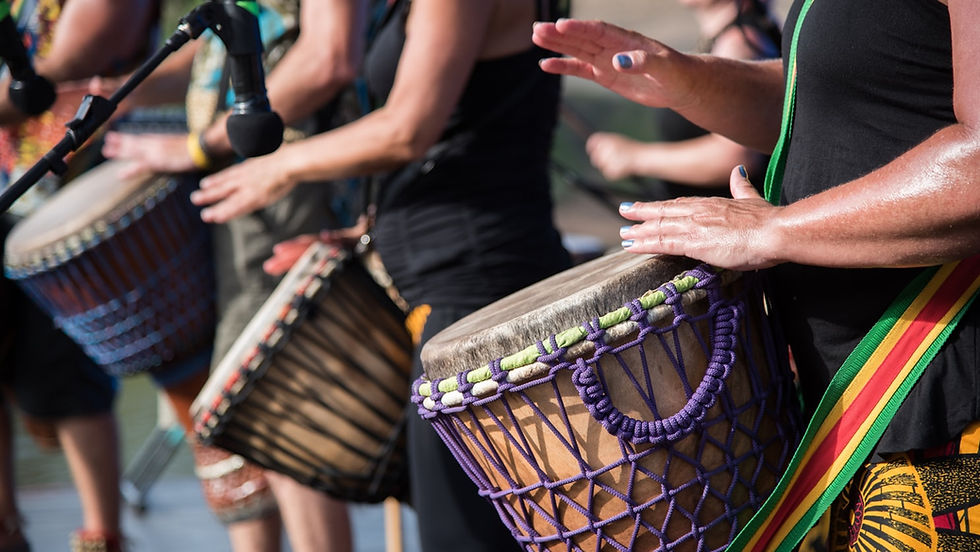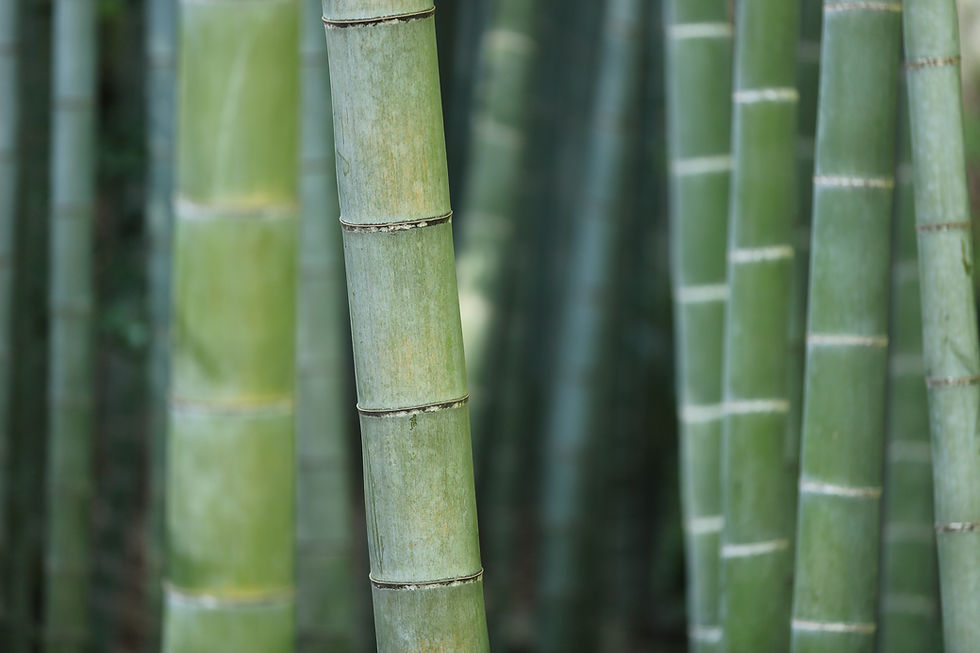Five facts about the evolution of the steel pan
- rhythmandsteelalfo
- Mar 16, 2021
- 2 min read
The steel pan, as we know it, is a relatively new member of the percussion family. Interestingly it was born out of poverty and a local ban on drums. Learn more about the steel pans complex history and development with our fun five facts below:
1. It’s not a drum!
The steel pan; quite possibly the only instrument to be made out of industrial waste, has become an icon of Trinidadian culture. The steel pan, often referred to incorrectly as a steel drum, was created on the island of Trinidad during the 1930’s. However the evolution can be traced back to the 18th century when African slaves, along with their music and culture, were brought to Trinidad by the French.
2. The ban of African drums

The French brought Carnival to Trinidad towards the end of the 18th century. Celebrations consisted of masked balls and street parades for the upper class, European land owners. The slaves held their own festivities known as Canboulay, based on the activity of burning the sugar cane fields after they had been harvested. After the abolition of the slave trade in 1834, African slaves were allowed to take part in Carnival. As the festivities grew in size, they became more violent. Riots in 1881 and further violence in 1883 led to a ban on stick fighting, torch lit processions and the use of African drums.

3. Tamboo-Bamboo bands to steel band
The ban of African drums led to the emergence of tamboo-bamboo bands around the start of the 20th century. Musicians would strike different lengths of bamboo and they would use glass gin bottles struck with spoons to keep in time along with dustbin lids and paint cans. The use of metal containers became more prominent during the 1930’s and by the end of the decade these instruments replaced bamboo sticks. Musicians experimented with denting containers to produce different notes and during the 1940’s substantial developments were made in the creation and tuning of steel pans. By now most pans were constructed out of discarded oil drums.
4. The Engine Room
A steel band includes a rhythm section known as the “Engine Room”. Metal objects such as biscuit tins, dustbins and car parts were originally used as percussion instruments but they later began to be tuned and now a modern steel band includes tuned percussion like vibraphones, cow bells, congas and bongos.
5. A family of instruments
Steel pans are made to exist in families, just like the orchestra! Front line pans are the smallest pans up to bass pans which are full sized. Although traditionally made from used oil drums, steel pans are today made from high quality steel.

Front-line pans: tenor, double tenor and double seconds
Mid-range (rhythm) pans: double guitar, triple/four cello and quadrophonics
Background pans: six (or more!) bass and tenor bass
You read about some of the different types of steel pans in another blog called “We Are Family”. There is so much more to learn about the evolution of the steel pan but the five facts in this blog give you a taster, I hope it’s given you an appetite to find out more or even give them a go!



Comments